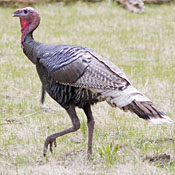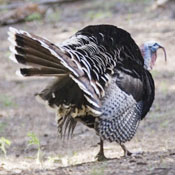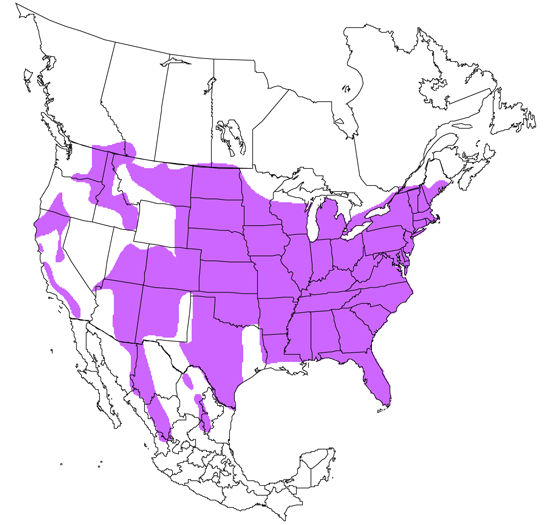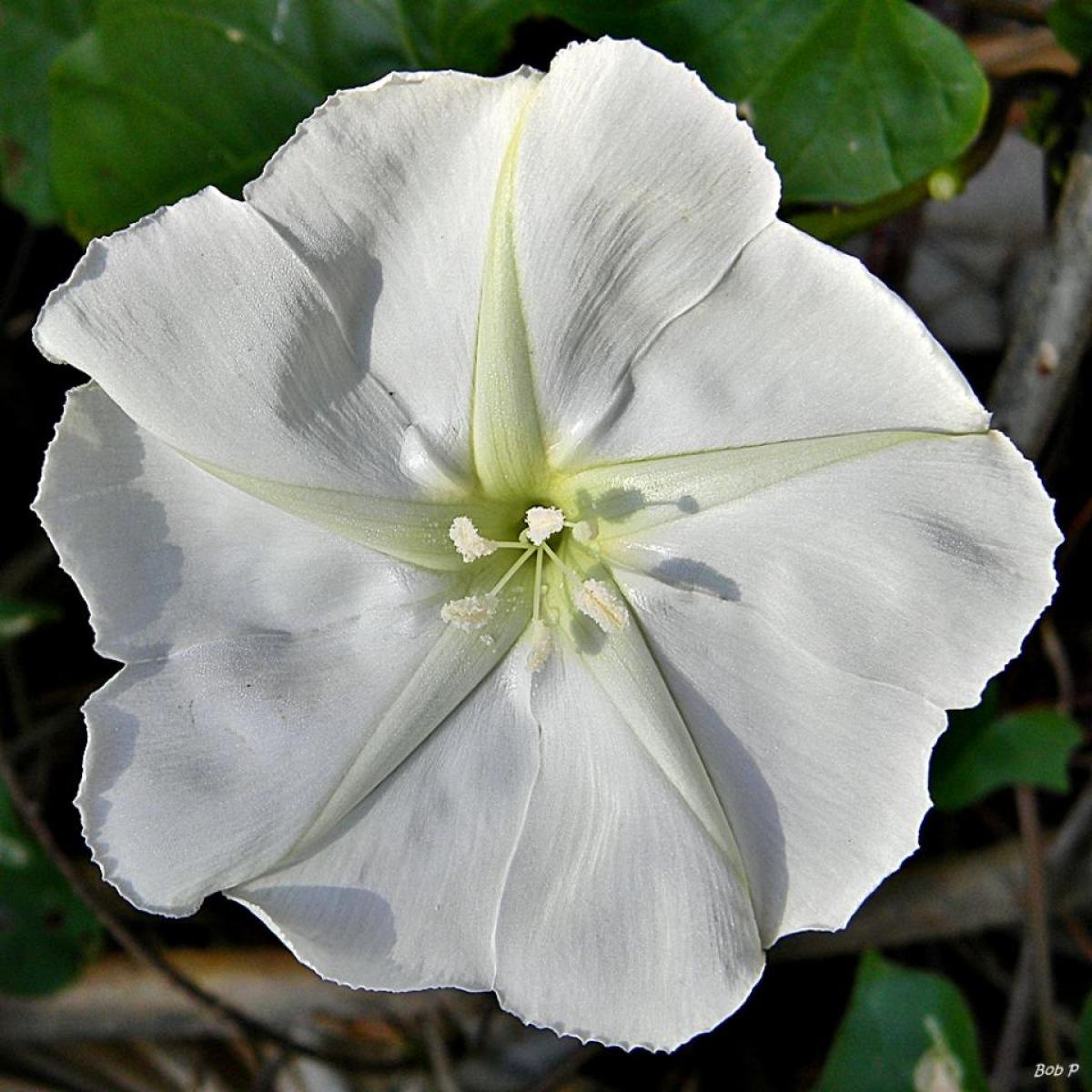Wild Turkey
Meleagris gallopavo

Upland Ground

Length: 46 in. (117 cm )
Coming within one congressional vote of being our national bird, the Wild Turkey instead became our Thanksgiving meal, and the population was widely exterminated throughout North America. Recent reintroductions have restored it, however, to much of its former range, and now it is hunted as a sport animal in many parts of the United States. Usually seen in small family groups as they noisily scratch in the leaf litter for seeds, acorns, fruits and insects, at night they roost together in mid levels of trees. The nest is a shallow depression hidden on the ground among grasses and low shrubs.
The four-digit banding code is WITU.
Bibliographic details:
- Article: Wild Turkey
- Author(s): Dr. Biology
- Publisher: Arizona State University School of Life Sciences Ask A Biologist
- Site name: ASU - Ask A Biologist
- Date published: 13 Jul, 2017
- Date accessed: 21 January, 2025
- Link: https://askabiologist.asu.edu/activities/bird/wild-turkey
APA Style
Dr. Biology. (Thu, 07/13/2017 - 15:38). Wild Turkey. ASU - Ask A Biologist. Retrieved from https://askabiologist.asu.edu/activities/bird/wild-turkey
Chicago Manual of Style
Dr. Biology. "Wild Turkey". ASU - Ask A Biologist. 13 Jul 2017. https://askabiologist.asu.edu/activities/bird/wild-turkey
MLA 2017 Style
Dr. Biology. "Wild Turkey". ASU - Ask A Biologist. 13 Jul 2017. ASU - Ask A Biologist, Web. https://askabiologist.asu.edu/activities/bird/wild-turkey
Be Part of
Ask A Biologist
By volunteering, or simply sending us feedback on the site. Scientists, teachers, writers, illustrators, and translators are all important to the program. If you are interested in helping with the website we have a Volunteers page to get the process started.






